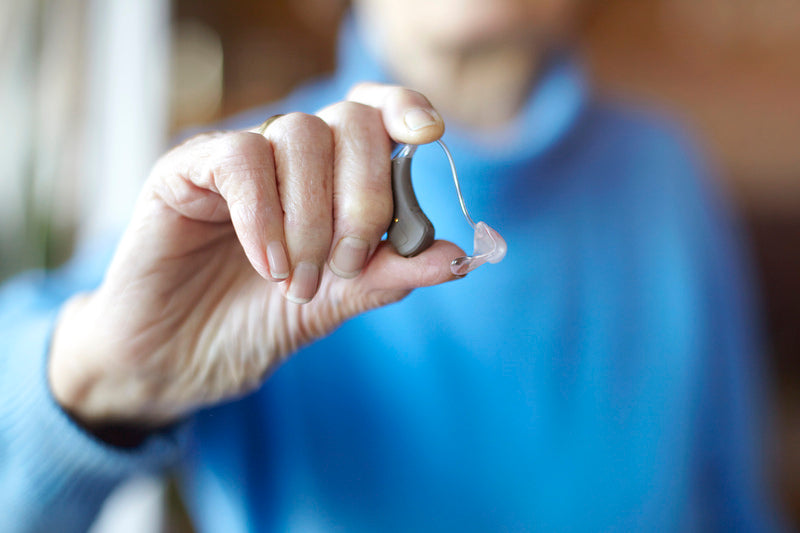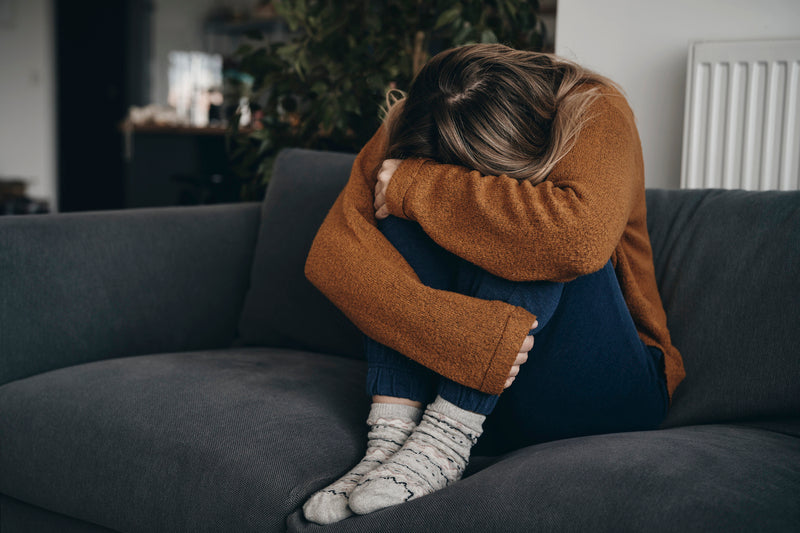Best Back Pain Treatments For Seniors
Back pain is a common issue among seniors, affecting their quality of life and mobility. Fortunately, there are various treatments available to manage back pain and alleviate discomfort. Additionally, adopting preventive measures can help reduce the risk of developing back pain.
Back pain can have a significant impact on a person's life in various ways. Here are some reasons why back pain can affect your life:
Physical Limitations
Reduced Mobility
Sleep Disturbances
Emotional Impact
Impact on Work

In this article, we will explore some of the best back pain treatments for seniors and provide tips on how to prevent back pain. By understanding these approaches, seniors can take proactive steps to manage their back pain effectively and maintain an active and independent lifestyle.
Physical Therapy and Exercise
Physical therapy is a valuable treatment option for seniors with back pain. A trained physical therapist can develop a personalized exercise program that targets strength, flexibility, and posture improvement. Gentle exercises, such as walking, swimming, and low-impact aerobics, can help strengthen the muscles that support the spine and reduce pain. Stretching exercises can improve flexibility and alleviate muscle tightness. Seniors should consult with a healthcare professional or physical therapist to determine the most suitable exercises and ensure they are performed correctly and safely.
Pain Medications
Over-the-counter pain medications, such as acetaminophen or nonsteroidal anti-inflammatory drugs (NSAIDs), can provide temporary relief from back pain. However, it is essential for seniors to consult with a healthcare professional before taking any medication to ensure it is safe and appropriate, considering their medical history and any potential interactions with other medications. In some cases, stronger prescription medications may be necessary for pain management. It is crucial to follow the healthcare provider's instructions regarding dosage and duration of medication use.
Heat and Cold Therapy
Applying heat or cold to the affected area can help alleviate back pain. Heat therapy, such as warm showers, heating pads, or hot packs, can relax muscles and improve blood flow, promoting pain relief. Cold therapy, such as ice packs or cold compresses, can reduce inflammation and numb the area, providing temporary relief. Seniors should use caution and follow guidelines for safe application of heat or cold therapy, such as using a towel as a barrier between the skin and the heat or cold source to prevent burns or frostbite.
Manual Therapy
Manual therapy techniques, such as massage, chiropractic adjustments, and spinal manipulation, can provide relief for some seniors with back pain. These techniques aim to improve joint mobility, reduce muscle tension, and alleviate pain. However, it is crucial for seniors to seek treatment from qualified and experienced practitioners who specialize in working with seniors and understand their unique needs and conditions. Regular communication with healthcare providers and seeking recommendations for trusted manual therapists are important aspects of receiving safe and effective treatment.
Posture Improvement
Maintaining good posture is crucial for preventing and managing back pain. Seniors should focus on sitting and standing up straight, avoiding prolonged periods of sitting or standing in one position, and using ergonomic chairs and supportive cushions when necessary. Engaging in exercises that strengthen the core muscles, such as abdominal and back muscles, can also help improve posture and reduce the strain on the back. Seniors may find it beneficial to consult with a physical therapist or occupational therapist who can provide guidance on proper posture and recommend exercises and modifications tailored to their individual needs.
Weight Management and Healthy Lifestyle
Maintaining a healthy weight is important for back pain prevention and management. Excess weight puts additional stress on the spine, increasing the risk of back pain. Seniors should strive for a balanced diet, rich in fruits, vegetables, whole grains, and lean proteins, and engage in regular physical activity. Additionally, quitting smoking and minimizing alcohol consumption can contribute to overall spinal health and reduce the risk of back pain. Seniors should consult with healthcare professionals or registered dietitians for personalized guidance on weight management and healthy lifestyle choices.
Conclusion
Back pain can significantly impact the daily lives of seniors, but with appropriate treatment and preventive measures, its impact can be minimized. Physical therapy, exercise, pain medications, heat and cold therapy, manual therapy, posture improvement, weight management, and healthy lifestyle choices are among the best approaches for managing and preventing back pain in seniors. It is essential for seniors to consult with healthcare professionals, physical therapists, and other qualified practitioners to develop an individualized treatment plan and receive guidance on safe and effective techniques. By prioritizing back health and taking proactive steps, seniors can experience improved comfort, mobility, and overall well-being.




